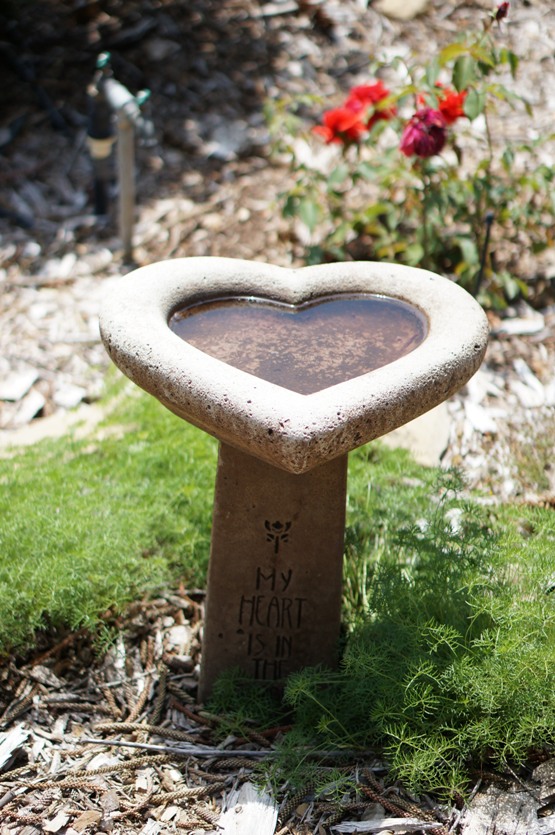
In the two years since I’ve been teaching private clients, I’ve learned what almost all my clients need, and it’s not what I used to think.
My clients ask for help with their back or they ask for longer hamstrings, more open hips, a cure for insomnia…and it’s true—they do need all those things.
But there’s one thing they need more than all of those: permission, encouragement and a persistent reminder to be gentle with themselves. In short, they need love.
But isn’t that a vague, new-agey concept without any practical application? How do you give love to your clients in the context of a professional relationship?
The answer is pretty simple: teach within a container of love.
Teaching within a container of love means teaching students the difference between effort and ease. Inside each yoga posture is a duality, a delicate balance. Muscle groups are activated or relaxed. Too much activation creates tension; too much relaxation and you’ll fall into a heap on the ground.
In yoga, we never want to create unnecessary tension, and one of the main sources of tension is applying excess effort by trying to do something (a pose, a handstand, an arm balance) with an specific expectation (read: end goal) in mind. The discrepancy between that desired expectation and what is actually presenting itself on the mat is the cause of tension and suffering.
In Buddhism, there is a neat little equation: S = P x R. Suffering equals pain times resistance. If we substitute the word “reality” or “what is showing up today,” we see that our resistance to “what is” compounds our suffering. If we reduce our resistance to zero, our suffering is zeroed.
So how is that useful in yoga?
Often when we’re first learning something, we require a lot of focus, attention and discipline. Those are all good things, but too much of any of them results in a clenching of the mind. And when the mind clenches, the body follows suit.
I teach my clients how to be in a state of relaxed attention on the mat. Relaxed attention means noticing, commenting and making observations. But we don’t judge or make grand proclamations about our lives. We keep it simple.
“My low back is really tight today.” “My wrists hurt.” “I have a headache.”
We don’t get caught up in the why and the how. We don’t go into yesterday to see what might have caused the stiffness in our back, nor do we wonder if tomorrow will bring more of the same. Instead we merely wake up to the glory of what our body and mind are presenting us with now.
Our only job is to watch, feel and notice in a relaxed way.
Teaching in a container of love also means holding space for students to show up however they are—upset, anxious, joyful, angry, stressed out, reactive—and allowing them to be present with whatever they’re feeling on the mat.
I once walked into a client’s home during a domestic squabble. The couple were on their mats, but obviously still fuming. It was uncomfortable. The anger and tension in the room was massive. Their emotions felt directed at me and for a moment, I panicked. Then I asked myself: What does this couple need most right now?
They needed a container of love large enough to hold their anger for one another, their love for one another and the yoga practice that we were going to spend the next 60 minutes doing together.
I made a joke, got them moving and within 15 minutes, their energy had shifted. By the end of the session, they had both completely moved on and were looking at me with huge grins.
If I had allowed myself to react negatively or take their anger personally, I wouldn’t have been able to bring love into that room. Love allowed me to hold space for my students. Love gave me the courage to the keep on loving them even though they showed up in anger.
And the importance of love in teaching yoga is what keeps me coming back for more.
Author: Catherine Tingey
Editor: Evan Yerburgh
Photo: Author’s Own






Read 0 comments and reply